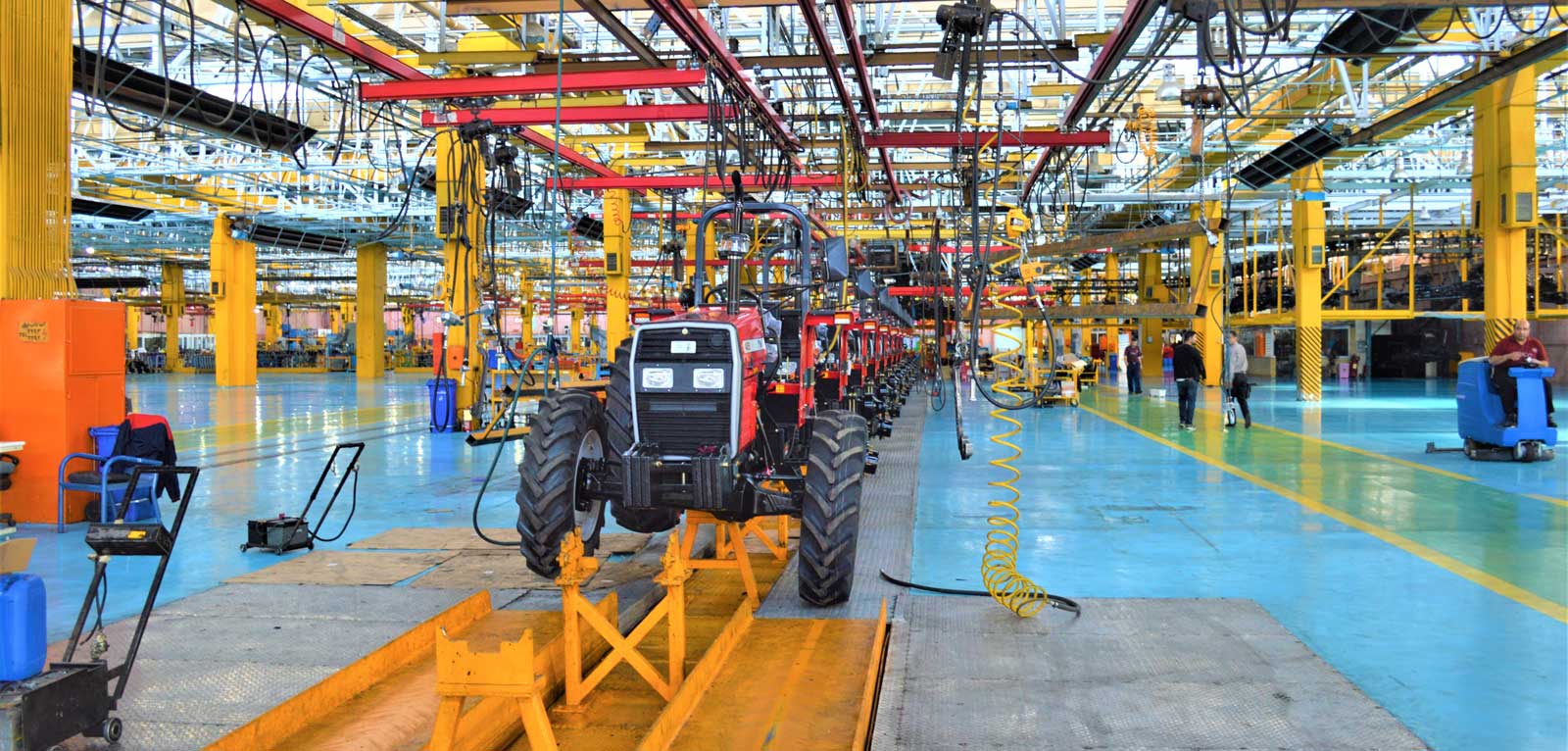Manufacturing is just one of the many industries that was hit by the fallout of the pandemic, with many businesses being forced to shut their doors, either temporarily or over the long-term, or reducing or changing production. But as we progress along the roadmap to normality, more manufacturers are restarting their production lines or working towards their pre-COVID output.
Indeed, according to the latest HIS Markit/CIPS Purchasing Managers’ Index for April 2021, activity within the manufacturing sector in the UK accelerated at its fastest rate since 1994, which stands out as a record high in the industry.
This growth is fuelling optimism among manufacturers. In the latest Manufacturing Barometer by SWMAS and the MGP, two-thirds of SME manufacturers revealed a bullish outlook with sales expected to increase between now and October. Another 48% questioned also stated that they were expecting to at the very least return to their pre-COVID position in the next three months.
With positive attitudes and high growth expectations, manufacturing businesses need to ensure that they are ready to meet their aspirations – and growing demand for their products. So, how can manufacturers make sure they’re ready?
Prepare your machinery and workspace
Manufacturing relies heavily on having its tools in tip-top condition – something that may have flagged through inactivity or reduced usage.
In order to hit the ground running, you must therefore assess your equipment to ensure machinery hasn’t fallen out of calibration or that process liquids haven’t separated. A detailed inspection of stationary equipment should be followed by low-speed tests of it in motion.
COVID security must also be borne in mind when planning the use of machinery. Equipment such as forklifts carry additional COVID risks on high-touch areas such as the steering wheel and controls. Implementing robust cleaning processes or limiting the usage of equipment to select personnel can help to ensure that these risks are minimised.
The workspace of your manufacturing business should also be examined, particularly if it has been out of use for a while. Materials may have degraded, birds may be nesting in extractors and fire safety equipment may need replacing. You may also have to think about sectioning your workspace to limit the amount of work carried out in one space, reducing the risk of the spread of COVID.
Protect your workforce
Until social distancing is lifted, your manufacturing business must continue to follow the guidelines – no matter how much production begins to pick up.
Work out your priorities and plan how many workers you need and which ones. Shift patterns or staggered entrances and exits can also help you to manage the number of personnel in the workspace.
Physical interaction can also be reduced with processes that govern handovers. For example, handover log sheets or phone calls could replace the physical handing over of tasks.
Shortages of contractors and other skilled personnel are also causing big delays at the moment thanks to the sharp uptick in demand following the loosening of the COVID restrictions. Develop your work practices and processes so that work can be undertaken by multiple members of staff and check the availability and skills of contractors to ensure skilled work is done by the right people at the right time.
Now is also a good time to ensure that your workers’ training is up to date. Health & safety awareness, fire safety training and other key skills should be refreshed so that you can meet your legal obligations and ensure work is carried out safely and competently.
Switch to risk-based thinking

What the pandemic made abundantly clear is that businesses need robust processes in place that can help them to react quickly and confidently to limit disruption and shorten downtime as much as possible.
Adopting a more risk-based approach can help you to examine the internal and external risks that face your critical business operations and create plans to either mitigate or remove them. This will also help you to identify any opportunities that can be capitalised on. You can find out more about understanding risk in our recorded webinar.
Adopting or adapting your business continuity plan can also put your manufacturing business on a stronger footing.
In our Back to Work survey, which was carried out after the first national lockdown, many respondents reported that their plans were helpful with weathering the storm. Indeed, 36.2% of those with a plan said that it was ‘very helpful’ to them while another 25.9% said that it was ‘quite helpful’. By having a plan, these businesses were able to quickly facilitate remote working where possible, implement new COVID-safe practices and maintain clear communication throughout.
Developing a business continuity plan now will therefore help your manufacturing business to be on the front foot and be prepared for future change.
Keep an eye on quality
Reduced production levels mean that restarted production lines could produce a larger quantity of sub-par products than normal. You need to be prepared for this likelihood and ensure that these products are removed from delivery, stored safely and then disposed of.
Ensure that your processes to check consistency and quality are enforced strongly and keep a close eye on customer feedback too. By having the right quality processes in place you can keep your business competitive and meet demand and expectations.
You should also bear in mind that quality can be affected by your suppliers, which may be experiencing high demand or ongoing disruption from Brexit and COVID-19. Review or develop an approved suppliers’ list with appropriate back-ups so that your business isn’t left stranded. Now may be the time to switch to more local suppliers, if possible. This may help with a more consistent supply and will also give you some green credentials.
Invest in technology
During the lockdowns, many businesses accelerated their plans for digitisation and automation. Ongoing investment in this area could give your manufacturing firm additional support as it begins to return to pre-COVID activity and give it a framework for growth beyond this.
Keeping track of inventory, quality and supply chain management via spreadsheets is now beginning to look very outdated and is failing to provide the real-time, big-picture outlook that manufacturing businesses need in order to better their performance.
On-premise data solutions have also been shown to be vulnerable – as the lockdowns revealed, being unable to access key data because a workplace is inaccessible can be severely detrimental. You may therefore want to explore digital solutions for this, which can encourage more collaborative work from multiskilled and distributed workers.
Supply chain management can also be improved with digitisation. A report by WMG of the University of Warwick, which led research with almost 250 manufacturing companies, revealed that 47% cited a lack of visibility of capacity at suppliers as a major supply chain constraint, while 37% cited the same of demand from customers. Digital tools that can help manufacturers to assess their current supply chain would therefore be invaluable.
With investment in new solutions, careful review of current workplaces and personnel, and a continued focus on quality, manufacturers can ensure that they can meet growing post-pandemic demands and restart their business stronger than before.

